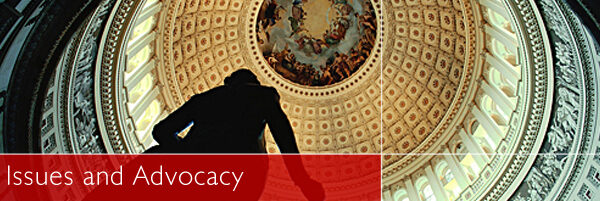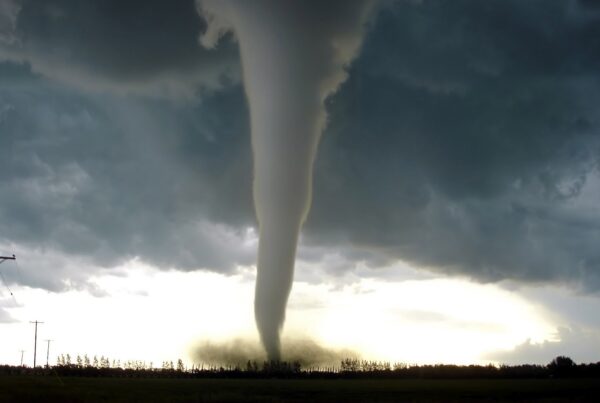By Gary J. Caruso P.E., Criterium-Caruso Engineers
One cannot help but notice – every magazine and every professional publication these days has at least one article on green building technology. After the 2008 energy roller coaster, it seems appropriate to put some of this into perspective. In 2007, and again in 2008, the Building Owners & Managers Association (BOMA), Real Estate Media and the U.S. Green Buildings Council (USGBC) conducted a survey of real estate investors, owners and managers. As evidence that the subject is gaining attention, 87% of the respondents in 2008 said that the greening of their portfolio was high priority, versus 81% in 2007.
In 2008, 80.6% said that their firms had allocated funds toward sustainable practices versus 63.9% in 2007, and 86% said that they would spend the same or more next year. In terms of what they are doing, 90% report employing some kind of energy conservation measures, 88% recycle, 82% have some kind of water conservation program and 62.2% have indoor air quality (IAQ) programs. All are up from 2007 except Indoor Air Quality programs, which remained about the same.
While all this points to the increasing role of sustainability in existing buildings, not everyone is convinced that green technology makes economic sense. The evidence that tenants and residents are demanding it is anecdotal and inconclusive for the most part. And there remain skeptics who wonder whether it is worthwhile or necessary. Still, if such measures involved little or no cost, there would appear to be no reason not to include them in normal operation of all buildings.
Here are some definitions related to building GREEN.
ENERGY STAR is a program first introduced by the U.S. Environmental Protection Agency (EPA) in 1992. It is designed to save energy. While many people relate the name to the energy-efficient performance of individual appliances, lighting and equipment (heating, cooling and water heating), the ENERGY STAR program actually is designed to rate the performance of an entire home.
LEED (Leadership in Energy and Environmental Design) developed by the U.S. Green Building Council (USGBC) – not a government agency – has developed a wide range of standards for green building. More than 77,000 individuals have gained LEED Accredited Professional Status across the nation. For more info, visit www.usgbc.org.
NGBS (National Green Building Standard) first developed by the National Association of Home Builders (NAHB) as the NAHB Green Home Building Guidelines. The NGBS has recently been issued as an ANSI (American National Standards Institute) approved document ICC-700-2008.
Sustainable – A common term in the green movement but a difficult one to define. From Wikipedia (01/09/09), a workable definition:
For humans to live sustainably, the Earth’s resources must be used at a rate at which they can be replenished…Since the 1980’s, the idea of human sustainability has become increasingly associated with the integration of economic, social and environmental spheres to “meet the needs of the present without compromising the ability of future generations to meet their own needs.” (Brundtland Commission report – Our Common Future)
Green Globes – The Green Globes environmental assessment and rating system for existing buildings was originally developed in Canada. In the US, the Green Building Initiative (GBI) has become accredited as a standards developer by the American National Standards Institute (ANSI).
Sustainable Building Information System (SBIS) – This information database has been launched by the International Initiative for a Sustainable Built Environment. The goal is to allow users all over the world to access information on sustainable building in many different languages.
*This article had been posted in the Fall 2013 edition of The Examiner.


